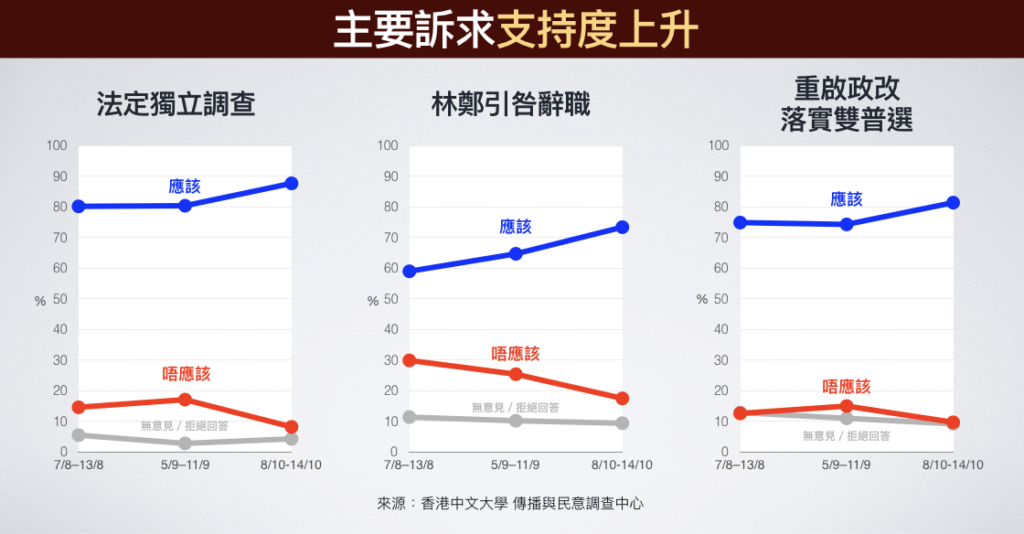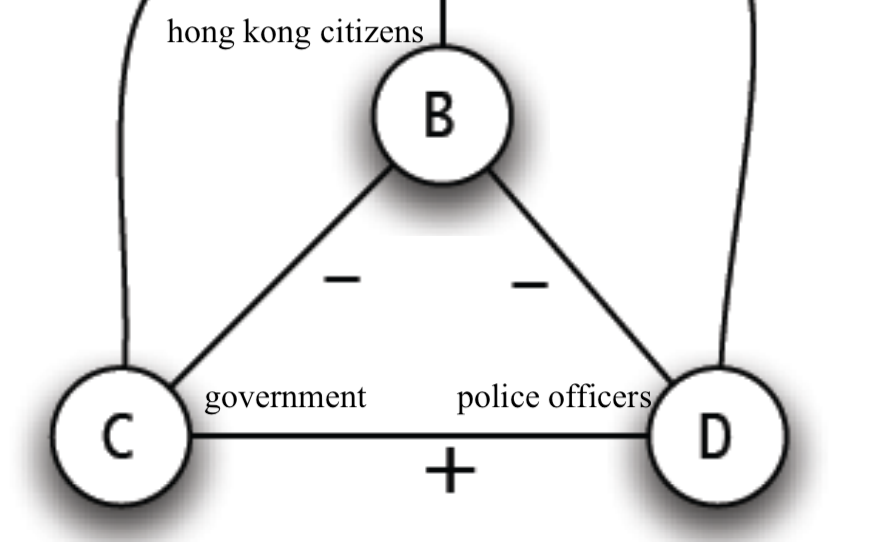Since last month (and my blog post about Hong Kong), the Hong Kong protests have seen a significant increase in the violent tactics from police and protesters. In the past week, the Hong Kong police force tried to siege Hong Kong universities, which is among the top universities of the world; they have shown a bigger willingness to fire real bullets at their citizens; and protesters have resorted to climbing sewers to escape selective prosecution. So, five months in of protests, should the people still be hopeful? By applying the theoretical model of cascades, I argue from a game theory and social networks point of view that the people will not back down from their demands.
One of the protests slogan in the ongoing protests is “Don’t condemn, don’t cut ties” (in Cantonese: 不譴責、不割席). The reason behind this is the more people involved in the movement, the more effective it is. We can use game theory to model this:
| Be part of movement | Condemn the protests | |
| Be part of movement | a, a | 0,0 |
| Condemn the protests | 0,0 | b, b |
In the above model, the variable a is some positive outcome, while the variable b is some negative outcome. It is clear that if both is part of the movement, there is a greater chance that change can be brought to the city. Meanwhile, if one is part of the movement and one condemns it, it does not help the cause.

Relating back to the statistics currently, it is clear that the support for the movement is still high – especially people who are under 25. We can explain this through the model of cascades with q>1/2. (We can easily make this assumption. Through votes casted in the last Legislative Council election, pro-democracy lawmakers have won a majority of votes). The cascade, especially in the younger generation can be justified as school is one of the places where influence can be spread very quickly. If n of your friends are in support of the protests – it might be in your interest to also be in support of it.
By this theory, it is expected that the popularity of the demands will continue to increase. If a significant amount of the population is in support, the government will have no choice but to fulfil them – just like a real democracy.


